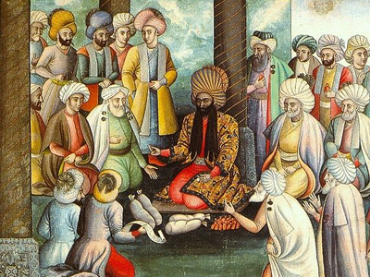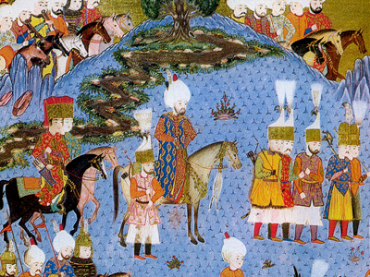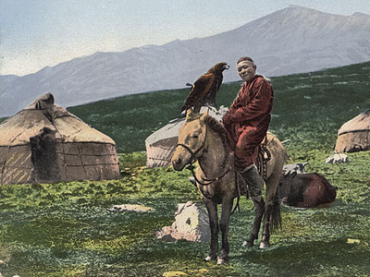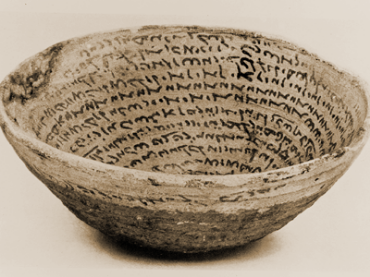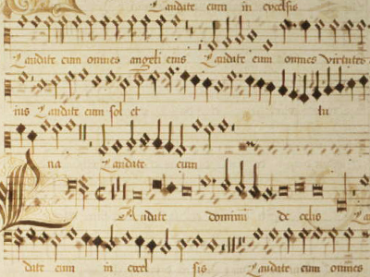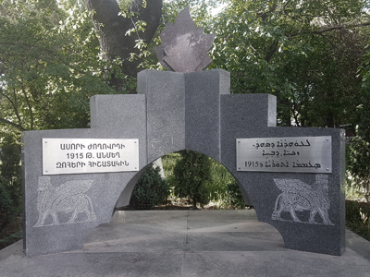History
The Ottoman Süryânî from 1908 to 1914
ISBN: 978-1-60724-069-3
This work explores the misconceptions about the Ottoman Süryânî community of the pre-World War I era, using a critique of the present day historiography as the context for the discussion. The works of three early twentieth century journalists, provide the material for the study. The author contends that this group cannot be considered as Assyrian nationalists, the traditional argument, that they saw the future of the Süryânî people as best secured by the continuation of the Ottoman Empire, in which they sought a greater presence for their community.
$180.00
Late Antique Motifs in Yezidi Oral Tradition
By Eszter Spät
ISBN: 978-1-60724-998-6
The Yezidis are a Kurdish-speaking religious minority who practice a highly syncretistic religion based exclusively on oral tradition. Their myths and motifs, besides showing the influence of both Sufism and a pre-Zoroastrian Western Iranian mythology, are related to the religious movements of Late Antiquity, and reveal the vestiges of a common cultural substratum once shared by the people of the region.
$225.00
Some Irregular Forms of the Elegiac Distich
Series: Analecta Gorgiana 359
ISBN: 978-1-60724-622-0
Kirby Flower Smith explores the development of Greek and Latin elegiac meter from its origins to Imperial Rome.
$36.00
A Collection of Latin Proverbs
Series: Analecta Gorgiana 374
ISBN: 978-1-60724-623-7
Sutphen's list of Latin proverbs from the Classical era through the Middle Ages, arranged aphabetically.
$55.00
Problems in Greek Syntax
Series: Analecta Gorgiana 375
ISBN: 978-1-60724-624-4
Basil Gildersleeve discusses certain difficulties in codifying Greek syntax.
$36.00
The Tale of Gyges and the King of Lydia
Series: Analecta Gorgiana 376
ISBN: 978-1-60724-625-1
Kirby Smith explores varying 5th and 4th century BC accounts of the life and demise of Gyges, best known from Herodotous' History.
$41.00
The Imperfect Indicative in Early Latin
Series: Analecta Gorgiana 378
ISBN: 978-1-60724-627-5
Prof. Wheeler traces the development of the Latin imperfect from its earliest roots to its later simplification.
$36.00
On the Recession of the Latin Accent in Connection with Monosyllabic Words and the Traditional Word-
Series: Analecta Gorgiana 380
ISBN: 978-1-60724-629-9
Prof. Radford uses early Latin poetry to examine patterns of vowel quantity in early spoken Latin.
$43.00
The Historical Attitude of Livy
By R. B. Steele
Series: Analecta Gorgiana 381
ISBN: 978-1-60724-630-5
R.B. Steele provides an analysis of Livy's philosophy on the methology and purpose of the writing of history.
$36.00
The Origin and Meaning of the Ancient Characters of Style
Series: Analecta Gorgiana 383
ISBN: 978-1-60724-632-9
Prof. Hendrickson traces the legacy of Greek rhetorical theory in the writings of Cicero.
$39.00
The Vatican Codex of Cicero's Verrines
Series: Analecta Gorgiana 384
ISBN: 978-1-60724-633-6
Sir Peterson's analysis of the Vatican codex of Cicero's Verrine Orations.
$36.00
A Harvard Manuscript of Ovid, Palladius and Tacitus
Series: Analecta Gorgiana 385
ISBN: 978-1-60724-634-3
Edward Rand's analysis of the Harvard ms. L25, one of the few sources for both Ovid's Heroides and Tacitus' Germania.
$39.00
Ancient Sinope
Series: Analecta Gorgiana 389
ISBN: 978-1-60724-638-1
David Robinson, excavator of Olynthos, here gives an account of the site and history of Sinope, a trading city on the Black Sea.
$45.00
The Gerund and Gerundive in Livy
By R. B. Steele
Series: Analecta Gorgiana 390
ISBN: 978-1-60724-639-8
R. B. Steele classifies Livy's use of the gerund and gerundive in his history of Rome, providing insight into the regular useage of this rather irregular feature of Latin grammar.
$35.00
The Unreal Conditional Sentence in Cicero
Series: Analecta Gorgiana 391
ISBN: 978-1-60724-640-4
H. C. Nutting's exploration of the use and structure of conditional sentences in Cicero's prose provides a clear discussion of this key feature of Latin syntax.
$38.00
Transposition Variants in Cicero's Verrines
Series: Analecta Gorgiana 392
ISBN: 978-1-60724-641-1
Sir Peterson's analysis of the manuscript tradition for the Verrine orations, with particular attention given towards removing word-order errors made by copyists.
$36.00
Stahl's Syntax of the Greek Verb
Series: Analecta Gorgiana 393
ISBN: 978-1-60724-642-8
This is Basil Gildersleeves review and guide to Stahl's syntax of the Greek verb, an important work of German philological scholarship.
$45.00
Virgil's Georgics and the British Poets
Series: Analecta Gorgiana 394
ISBN: 978-1-60724-643-5
Wilfred Mustard finds references to Vergil's Georgics in a variety of English authors from the 15th to the 19th century.
$37.00
Recognition Scenes in Greek Literature
Series: Analecta Gorgiana 396
ISBN: 978-1-60724-645-9
Prof. Perrin uses Aristotle's Poetics to classify and analyze the various sorts of recognition scenes found in surviving Greek literature.
$37.00
Latin Inscriptions at the Johns Hopkins University
Series: Analecta Gorgiana 397
ISBN: 978-1-60724-646-6
This series of papers gives photographs, transcriptions, translations, and commentaries upon Roman inscriptions owned by the Johns Hopkins University.
$53.00
New Greek Inscriptions from Attica, Achaia, Lydia
Series: Analecta Gorgiana 360
ISBN: 978-1-60724-647-3
Prof. Robinson presents a series of inscriptions found in Greece, including transcription and commentary on each.
$36.00
Vahlen's Ennius
Series: Analecta Gorgiana 361
ISBN: 978-1-60724-648-0
Knapp's description of the process by which Johannes Vahlen found and compiled the fragments of Ennius into his Ennianae poesis reliquiae.
$38.00
Horatian Urbanity in Hesiod's Works and Days
Series: Analecta Gorgiana 362
ISBN: 978-1-60724-649-7
Prof. Rand uses references to Hesiod's work in other authors to defend and uphold the received text of Works and Days.
$38.00
The Significance of the Parodoi in the Greek Theater
By Kelley Rees
Series: Analecta Gorgiana 363
ISBN: 978-1-60724-650-3
Kelley Rees examines the question of whether or not the parodoi of Greco-Roman theaters conventionally represented specific destinations relative to the city/ stage.
$35.00
The Johns Hopkins Tabellae Defixionum
Series: Analecta Gorgiana 365
ISBN: 978-1-60724-652-7
A monograph on several curse-tablets owned by Johns Hopkins University including text, translation, and extensive commentaries.
$49.00
Filter by
Filter by price
Filter by manufacturer

